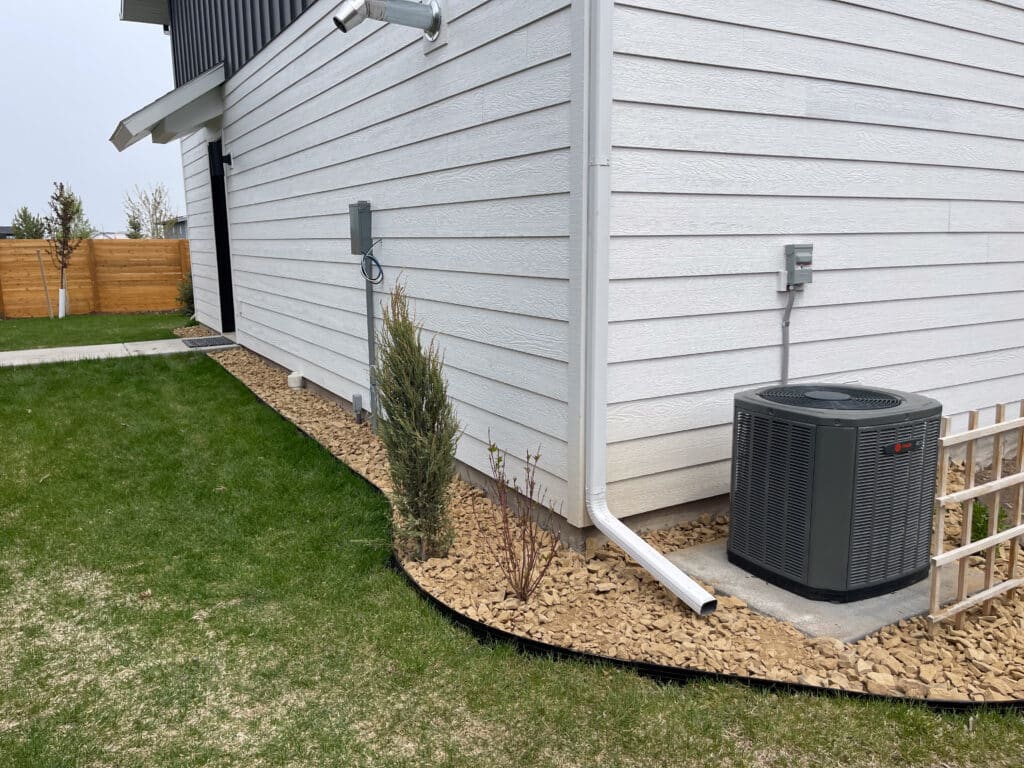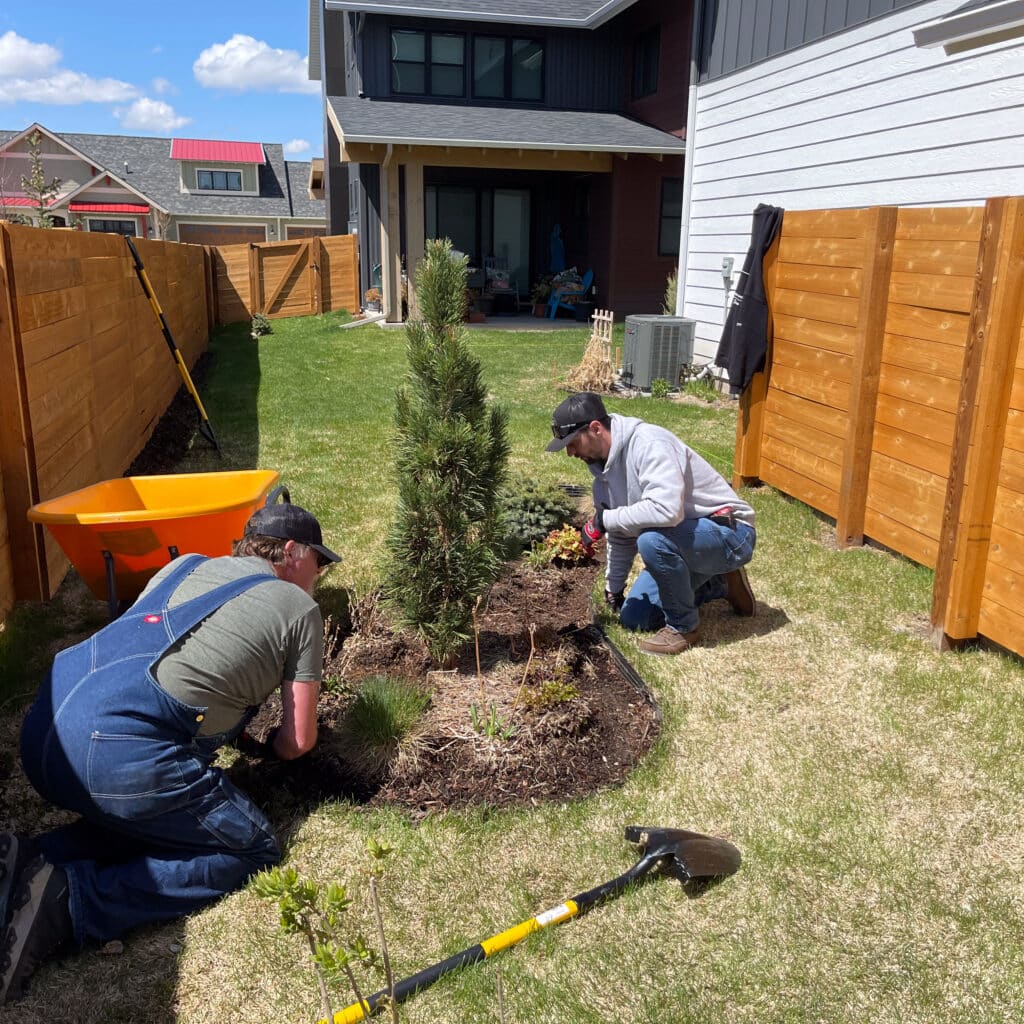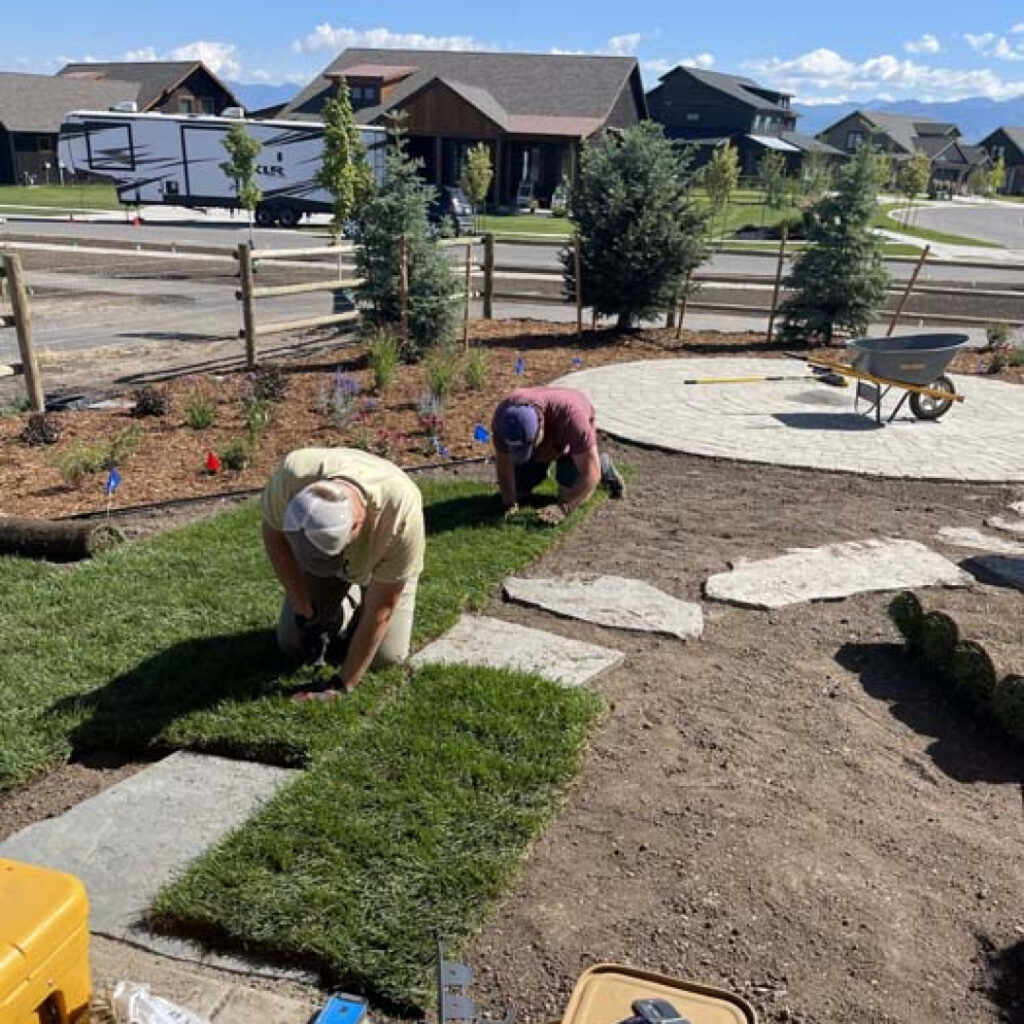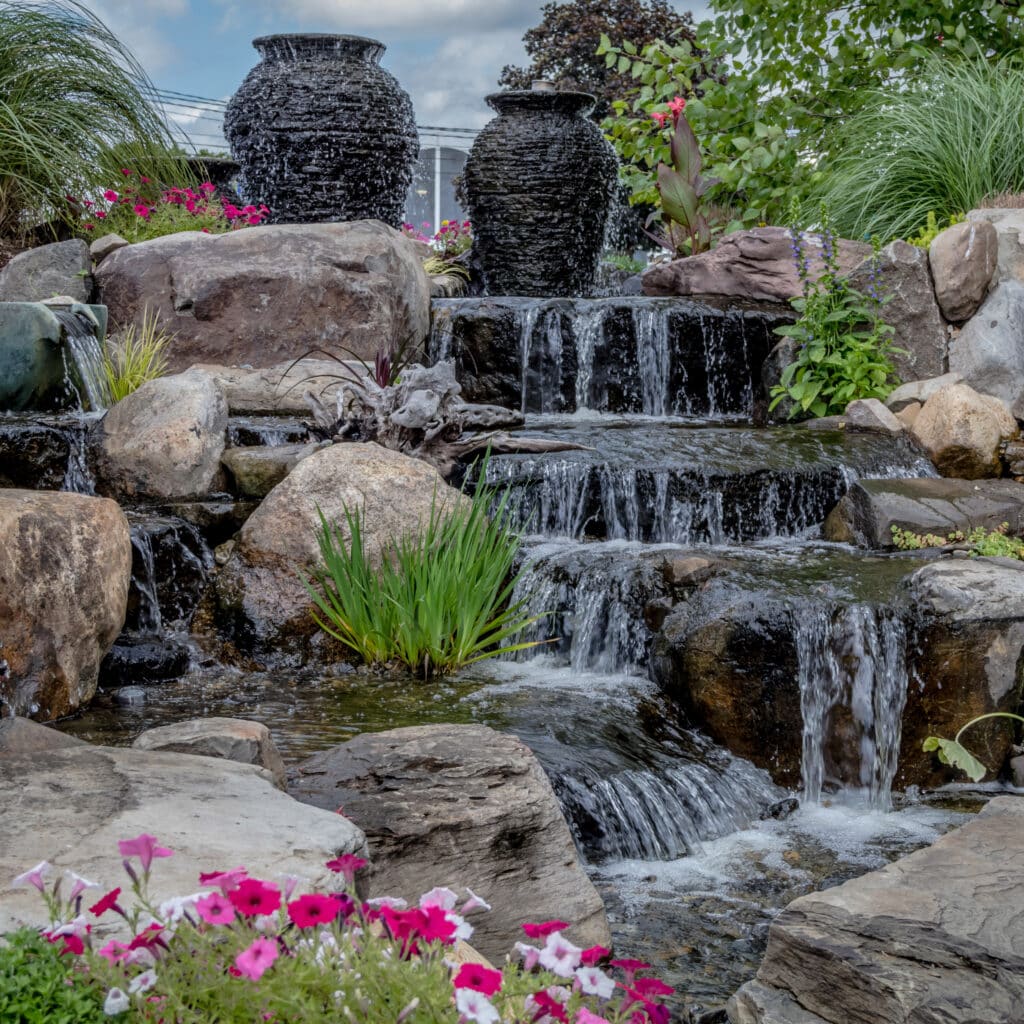Use paths, borders, and raised beds to add structure to garden spaces while allowing for easy maintenance.
Incorporating hardscaping into garden design adds structure, functionality, and visual interest to outdoor spaces. Here are some tips on how to effectively integrate hardscaping elements into a garden design:
Strategy
1. Define Garden Zones
Create Pathways: Use hardscaping materials such as pavers, stepping stones, or gravel to define pathways within the garden. These paths can guide visitors through different areas of the garden.
Seating Areas: Designate seating areas with hardscape elements like benches, retaining walls, or even a small patio. These areas provide spaces for relaxation and enjoyment.
2. Choose Appropriate Materials
Create Pathways: Use hardscaping materials such as pavers, stepping stones, or gravel to define pathways within the garden. These paths can guide visitors through different areas of the garden.
Coordinate Colors and Textures: Ensure that the colors and textures of hardscape materials harmonize with the colors and textures of the plants in the garden. This creates a cohesive and visually pleasing design.
3. Create Focal Points
Garden Features: Use hardscaping to create focal points in the garden. This could be a decorative fountain, a sculpture, or a well-designed seating area. Focal points draw attention and add interest.
Archways or Pergolas: Install archways, pergolas, or arbors as architectural features. These structures can define entrances, create transitions, and support climbing plants like vines.

Hardscaping Features
1. Retaining Walls and Terracing
Level Changes: If your garden has sloped areas, consider incorporating retaining walls or terracing. This not only adds visual interest but also creates flat planting areas for easy maintenance.
Planting Pockets: Use retaining walls to create planting pockets. These elevated areas can showcase specific plants and add vertical interest to the garden.
2. Water Features
Decorative Ponds or Waterfalls: Include water features like ponds, waterfalls, or fountains. These elements not only enhance the aesthetic appeal but also provide soothing sounds and attract wildlife.
Dry Creek Beds: Create dry creek beds using rocks and pebbles to mimic the look of a natural stream. This adds a touch of nature and helps with drainage.
3. Outdoor Structures
Gazebos or Garden Shelters: Integrate gazebos or garden shelters for shaded retreats. These structures can serve as focal points while providing functional spaces for relaxation or outdoor dining.
Tool Sheds or Storage: Incorporate small tool sheds or storage spaces made from complementary materials. This helps keep garden tools and equipment organized.
Reach out to Top Dog to learn more about our general construction services. We can get these small construction projects done.
4. Garden Edging
Define Planting Beds: Use hardscape elements like bricks, stones, or metal edging to define planting beds. This adds structure and prevents soil erosion.
Curved Edges: Consider curved or flowing edges for pathways and planting beds. This creates a softer, more organic look within the garden.
5. Lighting Elements
Path Lighting: Install hardscape lighting along pathways or around seating areas. This enhances safety and extends the usability of the garden into the evening.
Uplighting for Features: Use uplighting to highlight trees, sculptures, or architectural features. This creates a dramatic effect and adds depth to the garden.
6. Functional Elements
Outdoor Kitchen or Barbecue: Integrate an outdoor kitchen or barbecue area with hardscape materials. This provides a functional space for outdoor cooking and entertaining.
Workspaces: Include workspaces within the garden, such as potting benches or garden tables. These hardscaped areas are ideal for planting and gardening tasks.
Additional Considerations
1. Seasonal Interest
Consider Planters: Use hardscape elements like planters or raised beds to showcase seasonal flowers or herbs. This allows for easy changes in the garden’s appearance.
Consider Planters: Use hardscape elements like planters or raised beds to showcase seasonal flowers or herbs. This allows for easy changes in the garden’s appearance.
2. Create Gathering Spaces
Consider Planters: Use hardscape elements like planters or raised beds to showcase seasonal flowers or herbs. This allows for easy changes in the garden’s appearance.
Outdoor Dining Area: Include a hardscaped area with a table and chairs for outdoor dining. Consider shade structures or umbrellas for added comfort.
3. Balance Softscape and Hardscape
Integrate Plantings: Soften hardscape features by integrating plantings around them. Use cascading plants or ground covers to blur the edges and create a natural transition.
Vertical Gardens: Incorporate vertical gardens on walls or structures. This adds greenery to vertical spaces, enhancing the overall garden design.
4. Consider Sustainability
Permeable Surfaces: Opt for permeable hardscape surfaces, such as gravel or permeable pavers. This allows rainwater to penetrate the ground, reducing runoff.
Reuse Material: Consider using reclaimed or recycled materials for hardscape elements. This adds a sustainable touch to the garden design.
5. Plan for Accessibility
Accessible Pathways: Ensure that pathways and key areas are accessible to all. Use smooth and level surfaces to accommodate wheelchairs or strollers.
Handrails or Railings: If there are changes in elevation, incorporate handrails or railings for safety and accessibility.
6. Maintenance Considerations
Choose Low-Maintenance Materials: Select hardscape materials that require minimal maintenance. This ensures that the garden remains enjoyable without constant upkeep.
Easy-Care Plantings: Pair low-maintenance hardscaping with easy-care plantings. This creates a garden that is both beautiful and practical.
By carefully integrating hardscaping elements into the garden design, you can create a well-balanced and inviting outdoor space that complements the natural beauty of plants and enhances the overall functionality of the garden.



